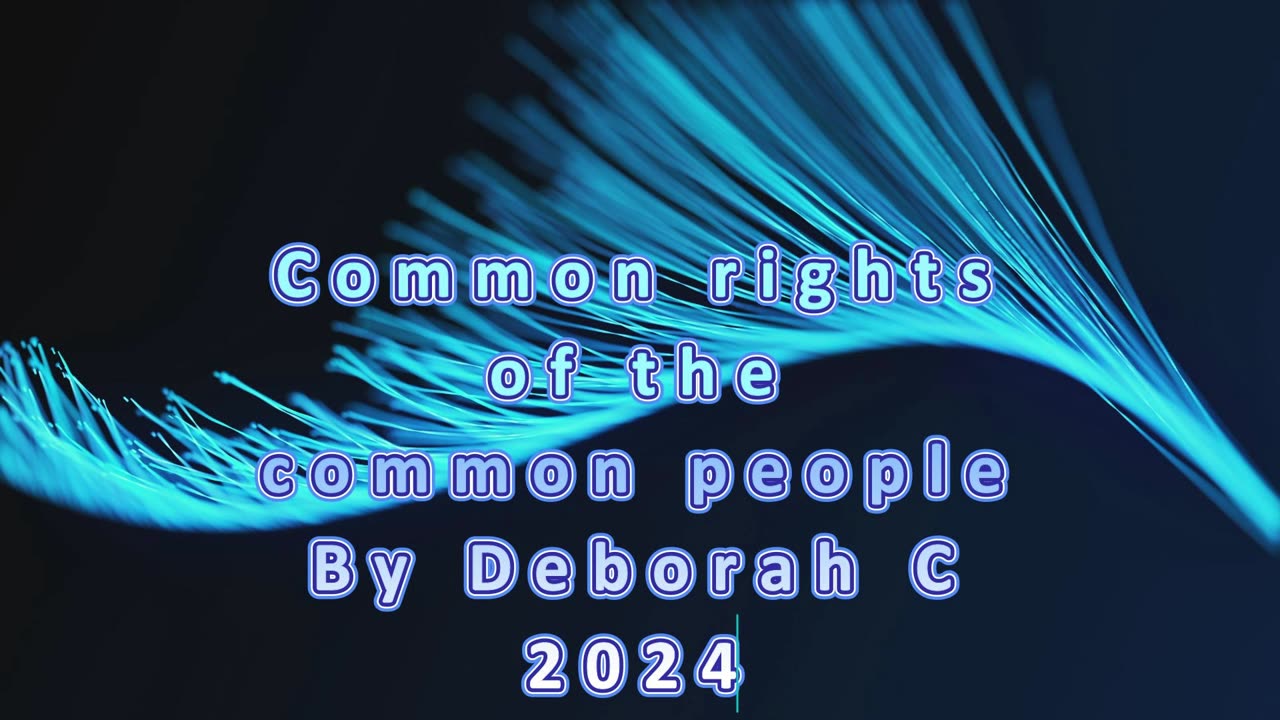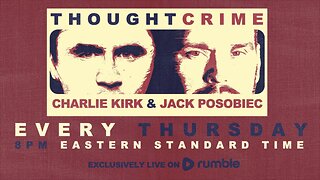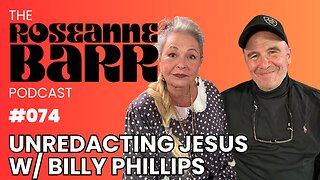Premium Only Content

Our Common Rights, learn them and live them.
England's Common Rights
Common rights in England refer to the traditional rights of individuals or communities to use and access common land, which is land owned by one or more persons but used by others for specific purposes. These rights are enshrined in law and date back to medieval times.
Types of Common Rights
Pasturage: The right to graze livestock, usually cattle, sheep, or horses, on common land.
Pannage: The right to put pigs out to feed on acorns and other nuts in wooded areas of common land.
Estover: The right to take specific timber products, such as firewood or whole trees, from common land.
Turbary: The right to take turf or peat from common land for fuel.
Piscary: The right to take fish from ponds, lakes, rivers, and streams on common land.
Rights in the Soil: The right to take soil or minerals from common land.
Who Can Exercise Common Rights
Common rights can be exercised by:
Commoners: Individuals or families who have traditionally used common land and have a legal right to do so.
Commoners’ Associations: Voluntary groups formed by commoners to manage and regulate common land use.
Commons Councils: Statutory bodies established to manage common land and enforce common rights.
Restrictions and Limitations
Stints: Limits on the number of animals that can be grazed on common land at any one time.
Seasonal Restrictions: Restrictions on common land use during certain times of the year, such as breeding seasons.
Landowner Consent: Commoners may need permission from the landowner to exercise their rights.
Countryside Code: Guidelines for responsible access to and use of common land.
Registration and Protection
Commons Registration Act 1965: Required registration of common land and common rights by 1970.
Countryside and Rights of Way Act 2000: Established a framework for protecting and managing common land and open country.
Natural England: Responsible for enforcing common rights and protecting common land, including issuing notices and applying for court orders.
Common Rights in England and the Impact of the Enclosures Act
Prior to the Enclosures Act, common land in England was collectively owned by multiple individuals or a single person with shared traditional rights, such as grazing livestock, collecting firewood, or cutting turf for fuel. Commoners held these rights jointly with others. However, the Enclosures Act significantly altered this landscape.
Loss of Common Land
The Enclosures Act removed the prior rights of local people to rural land, which they had often used for generations. As compensation, displaced people were often offered alternative land of smaller scope and inferior quality, sometimes with no access to water or wood.
Scope and Consequences
Between 1730 and 1839, approximately 4,041 enclosure bills were passed, with 581 facing counter-petitions and 872 failing. The remaining successful acts had a profound impact, dispossessing former occupiers from around 30% of England’s agricultural land between 1750 and 1820.
Effects on Commoners
The Enclosures Act led to the loss of traditional livelihoods and ways of life for commoners. Many were forced to abandon their ancestral lands and relocate to urban areas or smaller, inferior plots. This displacement had far-reaching social and economic consequences, contributing to poverty, inequality, and social unrest.
Legacy
The Enclosures Act played a significant role in shaping England’s agricultural landscape and social hierarchy. It marked a shift from communal land ownership to private property, contributing to the rise of industrial capitalism and the decline of traditional rural communities. The legacy of the Enclosures Act continues to influence contemporary debates around land ownership, access, and social justice in England.
-
 5:03:12
5:03:12
Akademiks
9 hours agoLil Durk Pleads NOT GUILTY and Hires NBA Youngboy Lawyer To Represent him! Lil Baby tryna comeback?
119K14 -
 3:27:19
3:27:19
SNEAKO
10 hours agoSNEAKO X JACE!
90.2K11 -
 57:42
57:42
The Charlie Kirk Show
10 hours agoTHOUGHTCRIME: Clash of the Cabinet Edition
153K44 -
 1:04:59
1:04:59
Man in America
13 hours agoThe Dark Truth Behind Sunscreen, Cancer, Pharmakeia & Doctor Worship w/ Jonathan Otto
55.9K12 -
 49:35
49:35
PMG
1 day ago $15.13 earned'Ukraine and the Giant Distraction!"
54.4K10 -
 1:32:50
1:32:50
Kim Iversen
12 hours agoSHOCKING: New Evidence That Fauci Lied, People Died | Thank You, Dr. Fauci
136K112 -
 1:31:04
1:31:04
Glenn Greenwald
13 hours agoBiden Admin Pledges Every Last Penny To Ukraine; Russia Hysteria Explodes After Tulsi Nomination; Biden's Fraudulent Israel Ultimatum | SYSTEM UPDATE #366
146K132 -
 1:31:25
1:31:25
Precision Rifle Network
17 hours agoS3E7 Guns & Grub with special guest Benchrest Marksman
48K1 -
 2:13:21
2:13:21
tacetmort3m
14 hours ago🔴 LIVE - BUG ONLY STREAM (SOLO OR MAYBE TEAM?) - HELLDIVERS 2
36.1K4 -
 1:40:28
1:40:28
Roseanne Barr
10 hours ago $29.02 earnedUnredacting Jesus with Billy Phillips | The Roseanne Barr Podcast #74
83.6K50